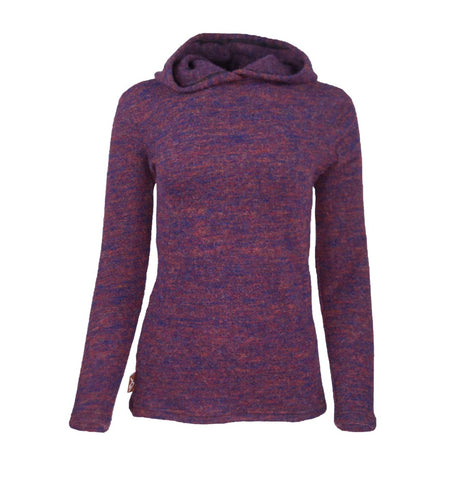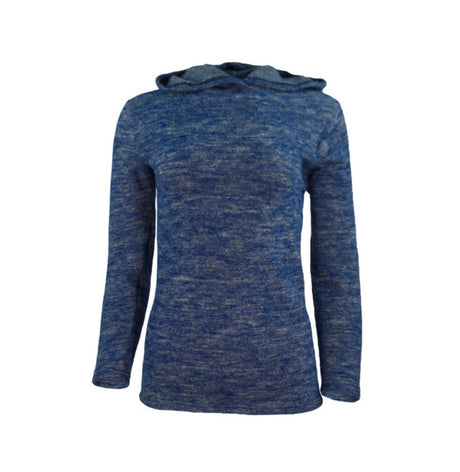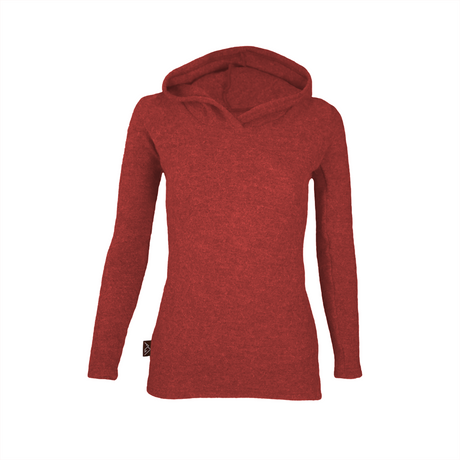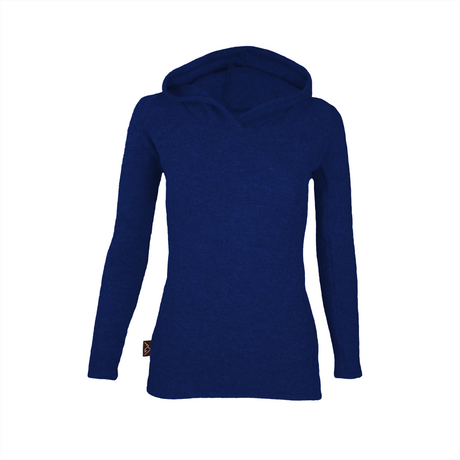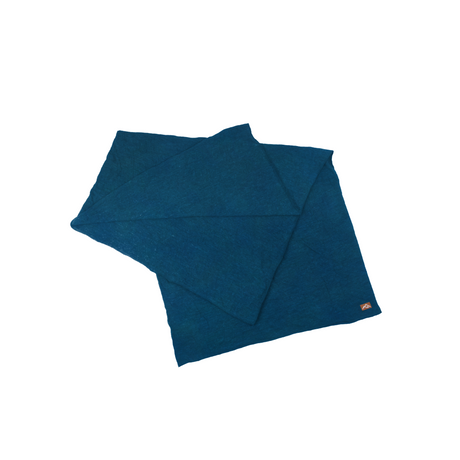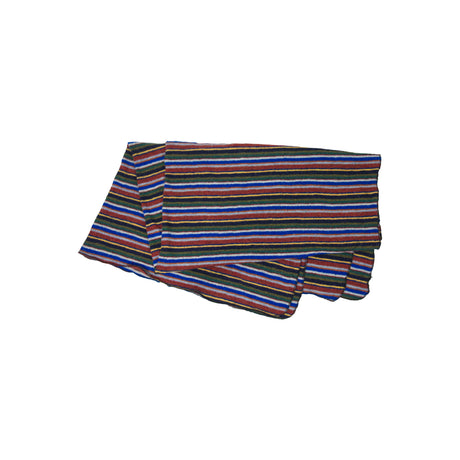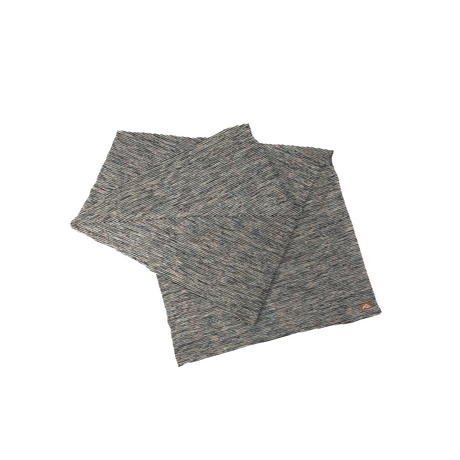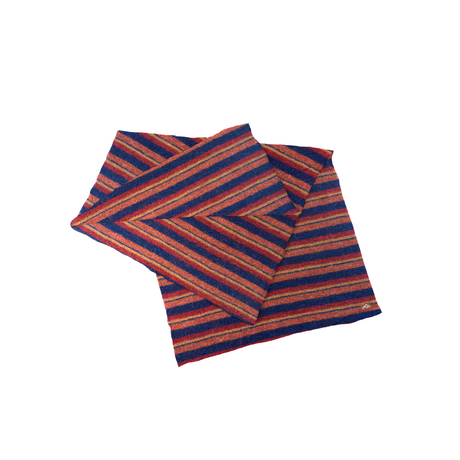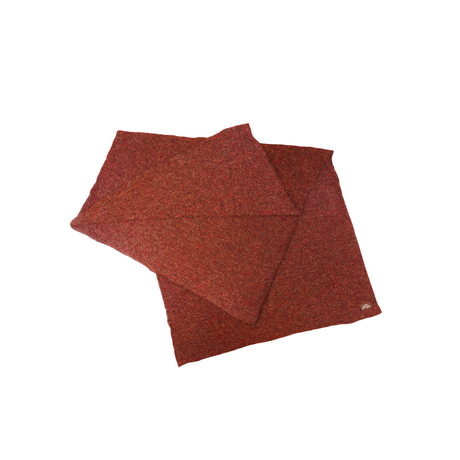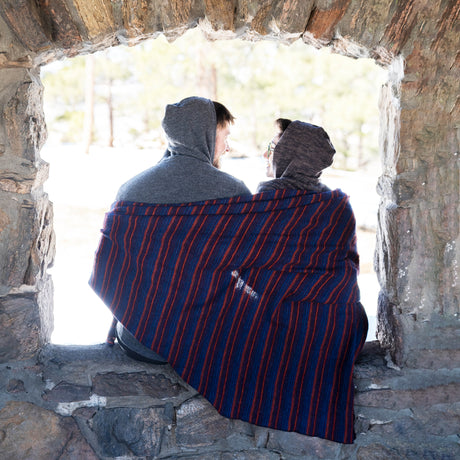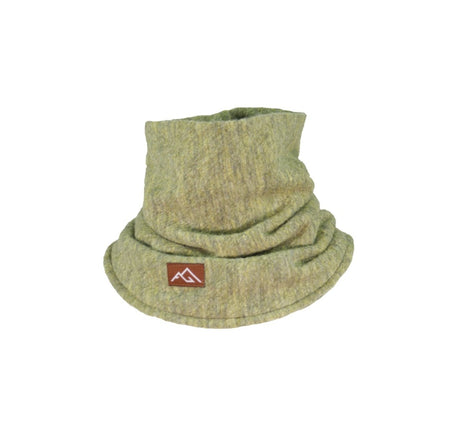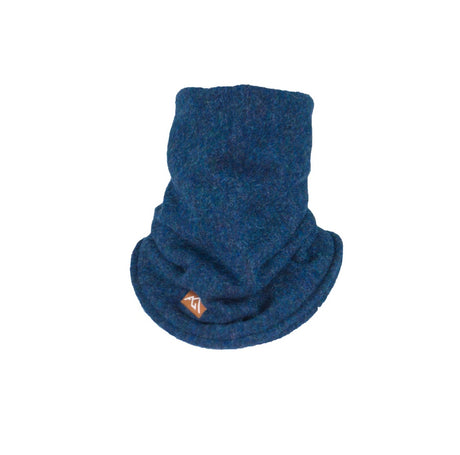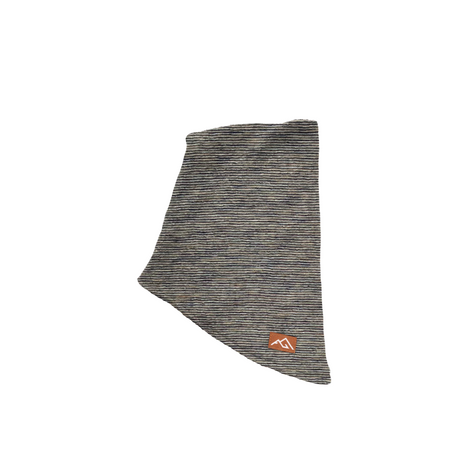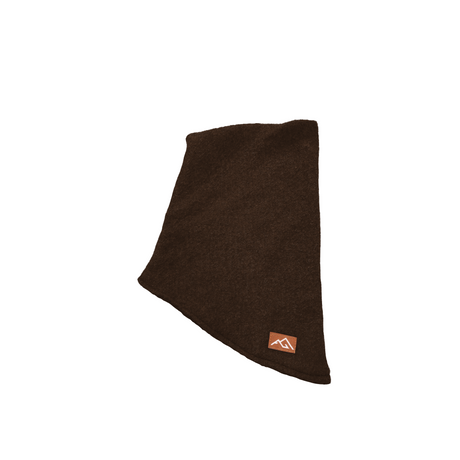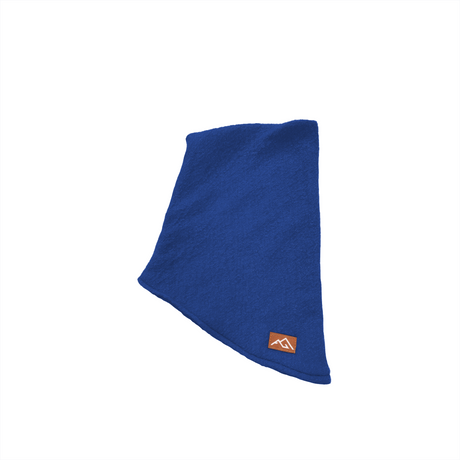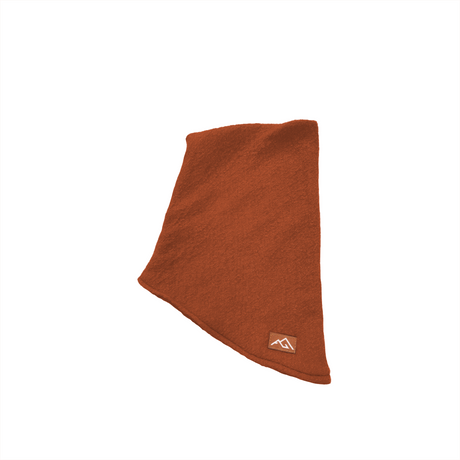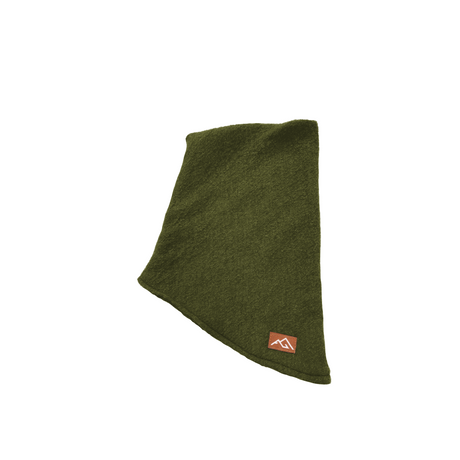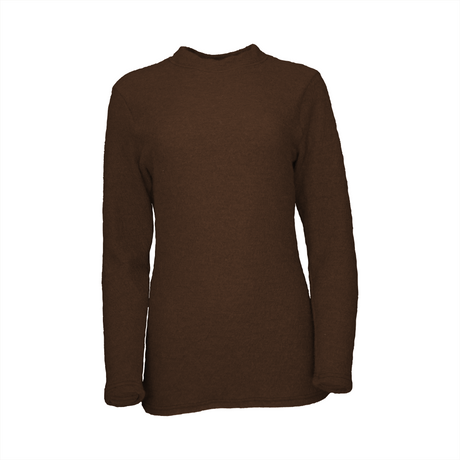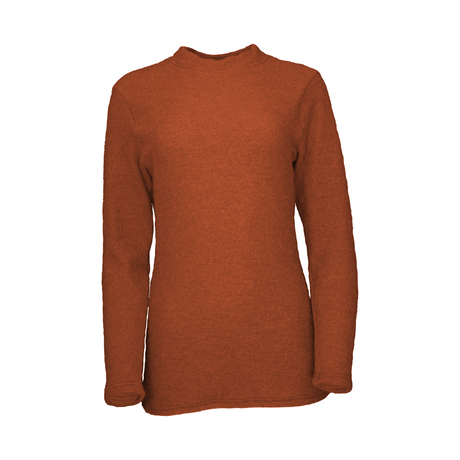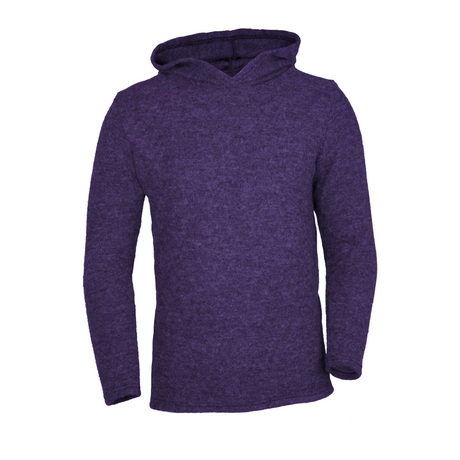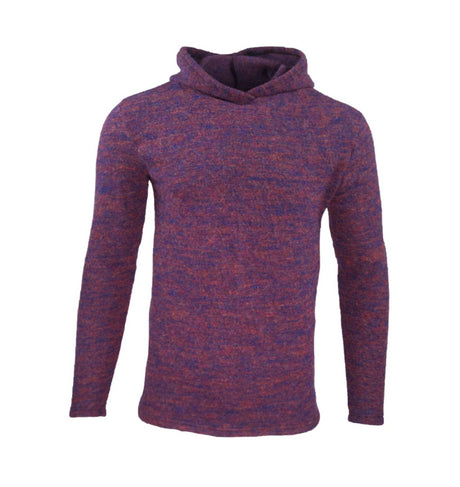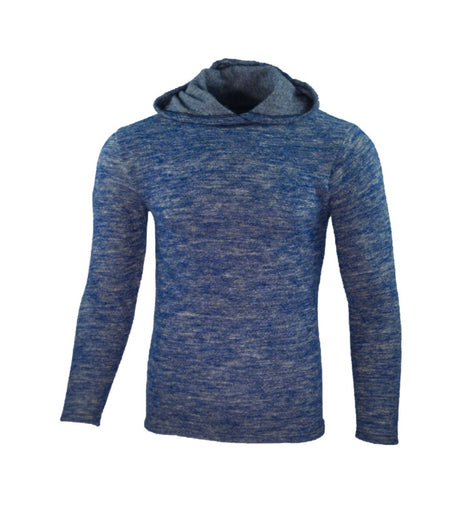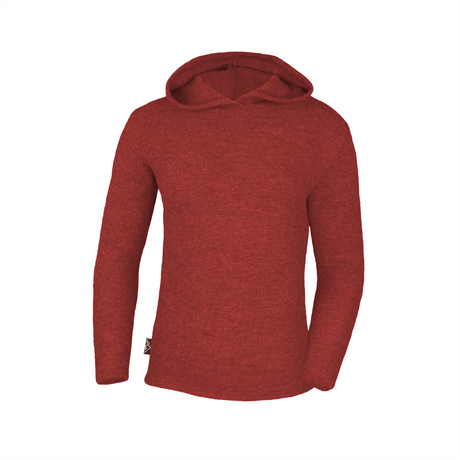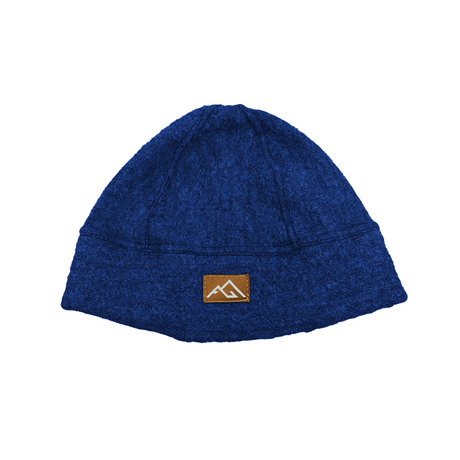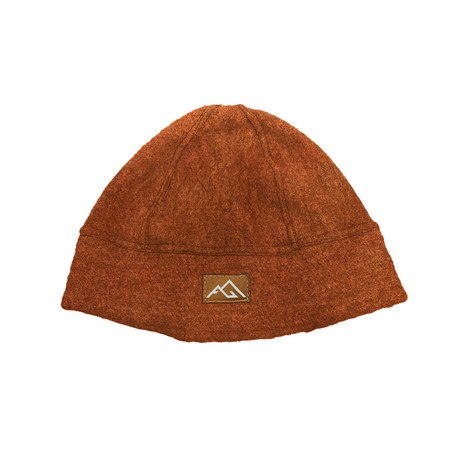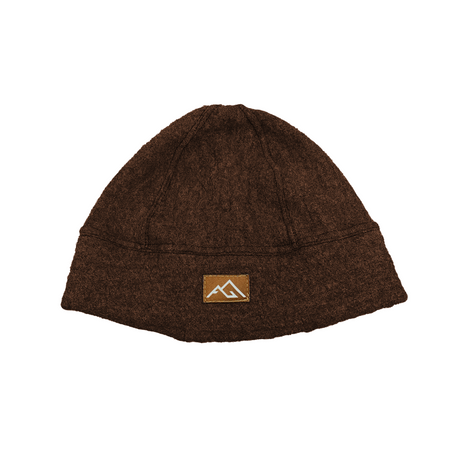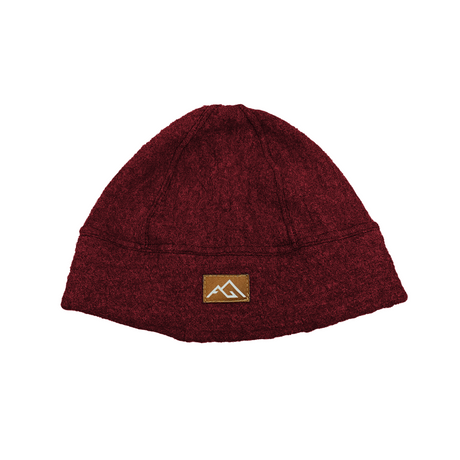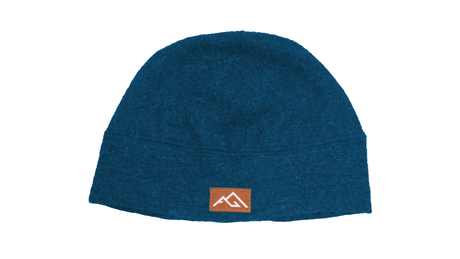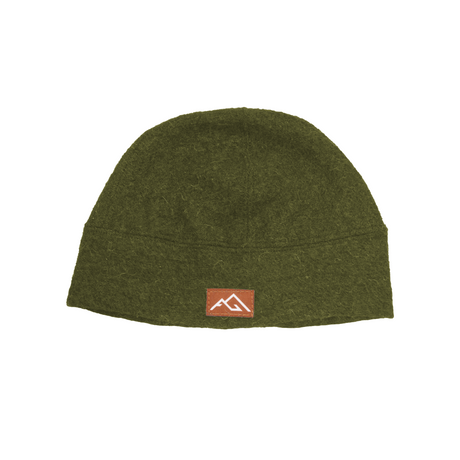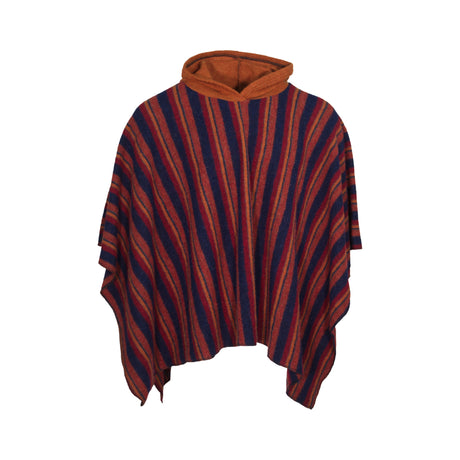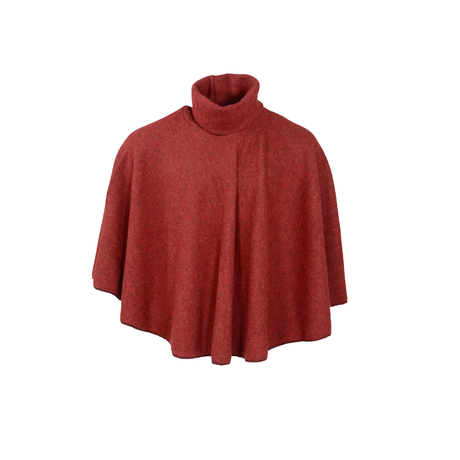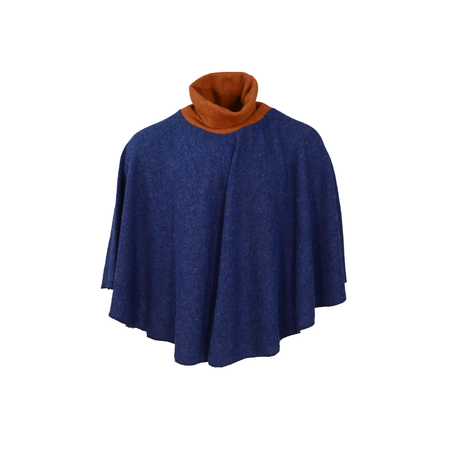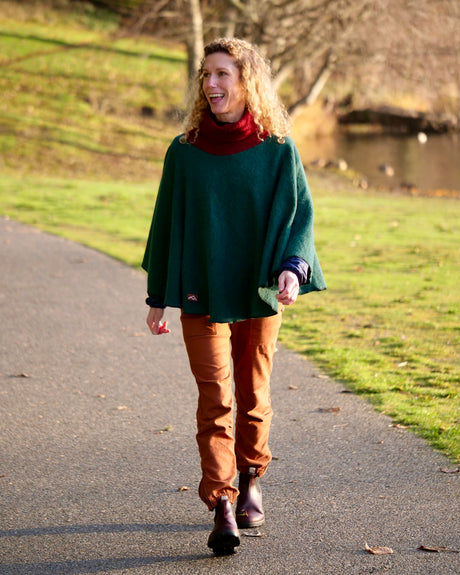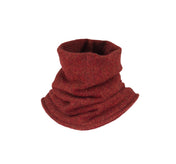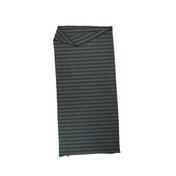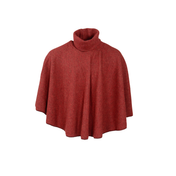By Abby Evans
During my Appalachian Trail thru-hike I lost 20 pounds and was basically starving most of the time. I dropped from 160 pounds to 140 pounds. I was worried about my body being able to continue at the rate I was losing weight. I got consistent headaches. Before I started my thru hike, I never thought I would have an issue with eating. During the start of my hike, I didn’t feel hungry when I was actually hungry as much as I just began to feel depressed and unmotivated. My brain started to feel foggy and I began to question what the point of the hike was. I barely even had the strength to climb up a tiny hill. When I got to shelters at the end of the day to eat, I would stare mindlessly into my food, not wanting to eat it at all. It made me nauseated to try and eat at the end of the day. It felt like trying to jam food down my throat after a tough workout. I simply did not want to.

That’s when I knew I needed to change the way I was approaching food if I wanted to continue my thru hike. When I first started, I was trying to eat straight tuna packets while I was walking and never stopped for lunch. I was convinced thru hikers were crazy athletes who never stopped walking and never stopped to sit down and eat something. Until I ran into some other hikers who thought I was crazy for never stopping and sitting down for lunch. I needed to change my mindset to care more about my body instead of hoping my body would just care for me. It was my most important tool — and I had to learn to fuel it properly.
Breakfast
They’re not kidding when they say breakfast is the most important meal of the day. It was also hard to eat a lot when I was first waking up, so I changed my strategy to liquid calories.
I carried out a full pound of whey protein powder in a gallon Ziploc and would fill up my Talenti jar a quarter of the way with protein each morning. (I had a Talenti jar for cold soaking instead of a stove.) You don’t have to carry a whole pound of protein powder — usually other hikers are willing to split it with you. I was on a tight budget and going into town less, so I carried the same protein powder for two weeks. I also got the cheapest whey protein available at Walmart: The Body Fortress.

It was important to choose whey protein because it helps your body to build muscle. It is the most easily absorbed and utilized by the body. I could actually feel this to be true as I was hiking. On mornings where I drank protein powder, it would take me until about 10 a.m. to feel hungry (or unmotivated) again. On mornings where I didn’t, I would start to feel hungry at 8:00 or 9:00 a.m. That’s a whole hour I didn’t have to be miserable!
Sometimes I would add Carnations Breakfast Essentials for some extra protein, vitamins, and flavor. Honestly, I thought the Breakfast Essentials tasted so good that I would just add water into the packet in the middle of the day and drink it like that. It was like a brownie in powder form — but again, maybe I was just super hungry.
Snack
I would eat a snack in between breakfast and lunch as well as between breakfast and dinner. It’s important to remember that it does not matter so much as when you eat, it’s just important that you do actually eat. If you’re hungry or feeling down — have a snack! You might not really be sad, just hungry. Sometimes problems, like being five miles behind where you thought you were, don’t seem like as much of a big deal after you fuel yourself.

I would usually eat a Mint Chocolate Chip Cliff Bar — it was the only flavor I couldn’t get tired of and it had caffeine. When I couldn’t stomach that, I would eat two candy bars: a PayDay and a Snickers. These weren’t the most nutritious, but they made me happy and that was enough.
Lunch
I started to put more effort into what I was eating during lunch. For a while, I made wraps with Tuna Creations Bowls, an avocado, cheese, and some mayonnaise on a tortilla. This was filling, but the avocado and tortillas could be heavy to carry. When I had to do a longer food carry, I would only eat ramen or mashed potatoes and tuna or SPAM for my main meals. Ramen and mashed potatoes are super lightweight, and I was already carrying them for dinner. I would make sure to stop and take a break. If it was raining out, I would stop inside a shelter. Usually, I’d try to take my shoes off to give my feet a chance to air out and dry from the mud and puddles.

I found one of the easiest lunches to pack out was frozen burritos and Smuckers Uncrustables. Once, I ate seven Uncrustables in a day! Both frozen burritos and Uncrustables were easy to store in my fanny pack. However, like most good foods, they were really heavy. It wasn’t worth it for the pain they caused my feet to carry only frozen food to eat on a resupply — but they are a great alternative to spice up your resupply when you’re struggling to eat and need something quick. If I didn’t discover the frozen burritos, I would’ve still been struggling to eat for most of my hike.
Dinner
For dinners, when I still had a stove, I would make a ramen bomb (instant mashed potatoes mixed with ramen). When I got rid of my stove, I would eat ramen or mashed potatoes cold soaked in my Talenti Jar, and usually would eat some tuna, chicken, or SPAM if I was lucky. For some reason, I never got tired of SPAM. Maybe it was built up tolerance from years of processed deli meat for lunch in elementary and high school. I would also eat Cheetos or a different snack while I was waiting for my food to cold soak. Any way I could get myself to eat, I would do it.
I would also always follow dinner with a Honeybun to supplement the calorie intake. This helped to keep me warmer as I slept, as the body burns high-fat foods slower.

Hydration is also key in maintaining a healthy eating pattern. I discovered this first hand. During the hot summer months, I would forget to consistently drink water throughout the day. When this happened, I wouldn’t want to eat at all when I got to camp. However, when I started drinking more during the day, it became easier to eat more. The two went hand in hand.
I had to have a big mindset shift from eating an adequate serving (the size I would eat when I was off trail) to consuming literally everything I could because I was starving. I struggled to keep warm for a large amount of my hike due to my calorie deficiency. Once I started eating more, I was happier (less brain fog), motivated, and less cold. Basically, eating more food solved almost all of my problems. The Snickers commercials became truth to me.
So maybe, the next time you’re feeling down on a hike, just take a seat and have a little snack. Backpacking is grueling work to put your body through. Thank it with food.




